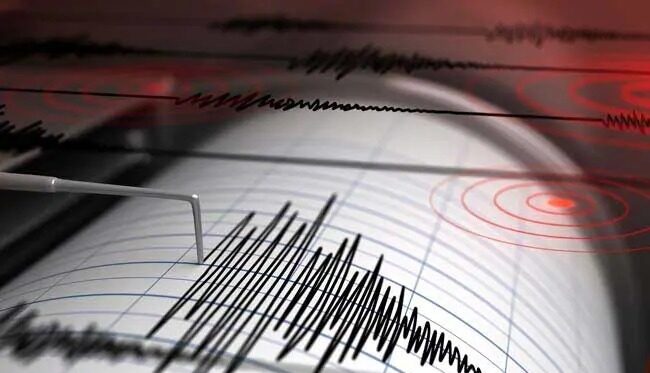| Translate This News In |
|---|
According to the US Geological Survey, a 6.0-magnitude earthquake shook the southern Philippines on Tuesday. Local officials issued a warning of potential damage and aftershocks.
In the mountainous gold-mining region of Davao de Oro on Mindanao island, the shallow earthquake occurred at around 2:00 pm (0600 GMT), a few kilometers from Maragusan municipality.
There were no immediate verified reports of significant damage, even though shallow earthquakes typically cause more damage than deeper ones.
A representative of the Maragusan disaster office told AFP that investigators were looking into accounts of a landslide on a major road.
He continued without giving his name, “We are checking the villages around the town, but we have not received any reports of any other damage or fatalities.
“Things shook at the office, but no harm was done.”
According to Corporal Stephanie Clemen of the Tagum police, located about 40 kilometers (25 miles) from Maragusan, the earthquake persisted for about 30 seconds and was followed by aftershocks.
When the shaking stopped, we immediately crawled under our desks and immediately walked outside, according to Clemen, speaking to AFP.
Because of a recent mild aftershock, we are still outside.
Clemen claimed that even though nothing appeared to have been destroyed, the earthquake was powerful enough to “cause fear”.
At the disaster office in the nearby Maragusan municipality of New Bataan, Phoebe Alberto and her coworkers ran from their shaking structure.
“We are now outside here.”
The Philippines, which is located on the Pacific “Ring of Fire,” a region of intense seismic and volcanic activity that extends from Japan through Southeast Asia and across the Pacific basin, experiences earthquakes on a daily basis.
While most are too weak for humans to feel, there are some that are strong and destructive that happen randomly with no way to anticipate their location or timing.
Across active fault lines, the country’s civil defense office frequently conducts exercises simulating earthquake scenarios.
In October, the northern Philippines experienced a significant earthquake.
A 6.4-magnitude earthquake struck the mountain town of Dolores in the Abra province, causing damage to structures, injuries to a number of people, and the loss of power for the majority of the area.
Several hundred people were hurt and 11 people died as a result of landslides and ground cracks brought on by a 7.0-magnitude earthquake that struck the mountainous Abra region in July.


















